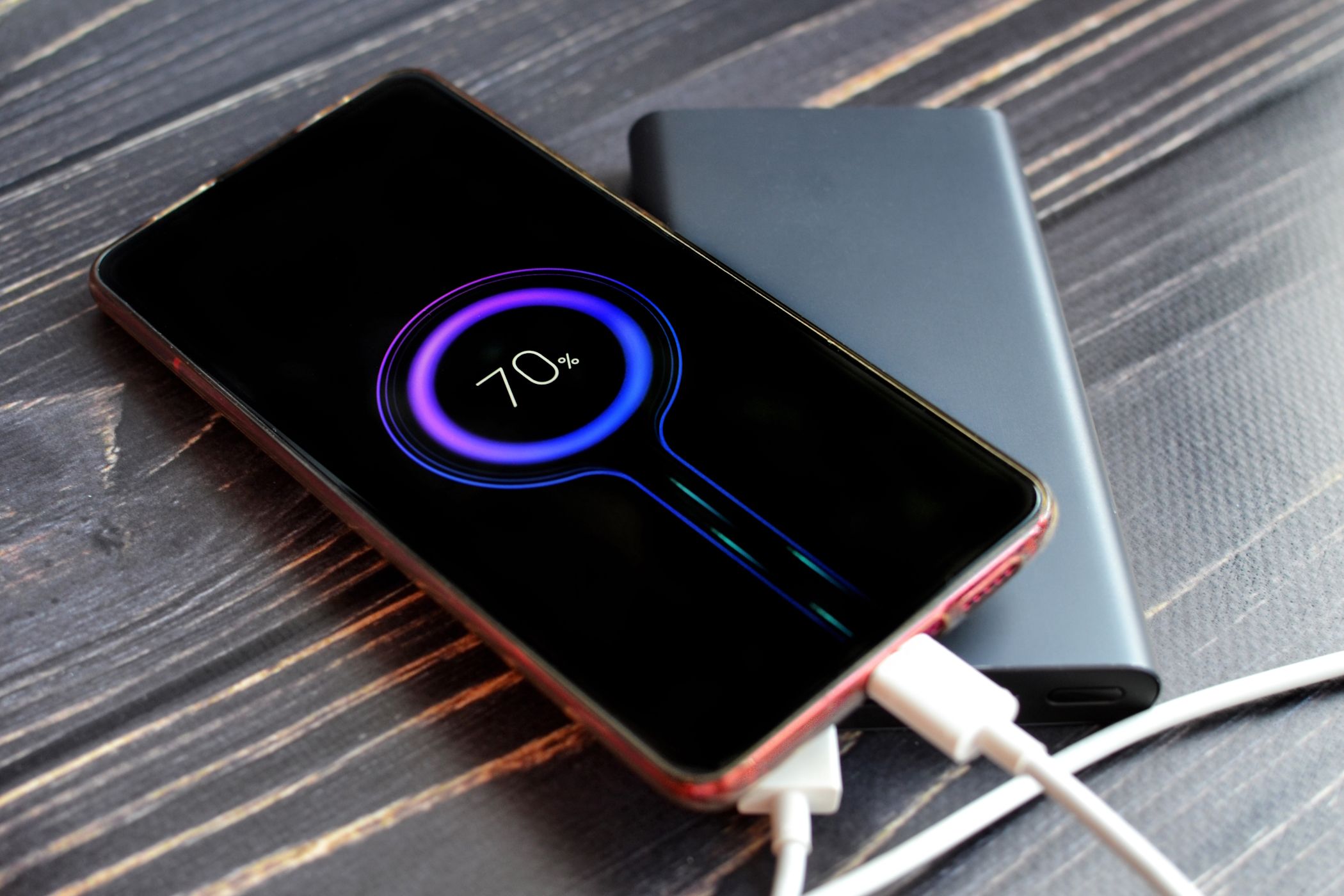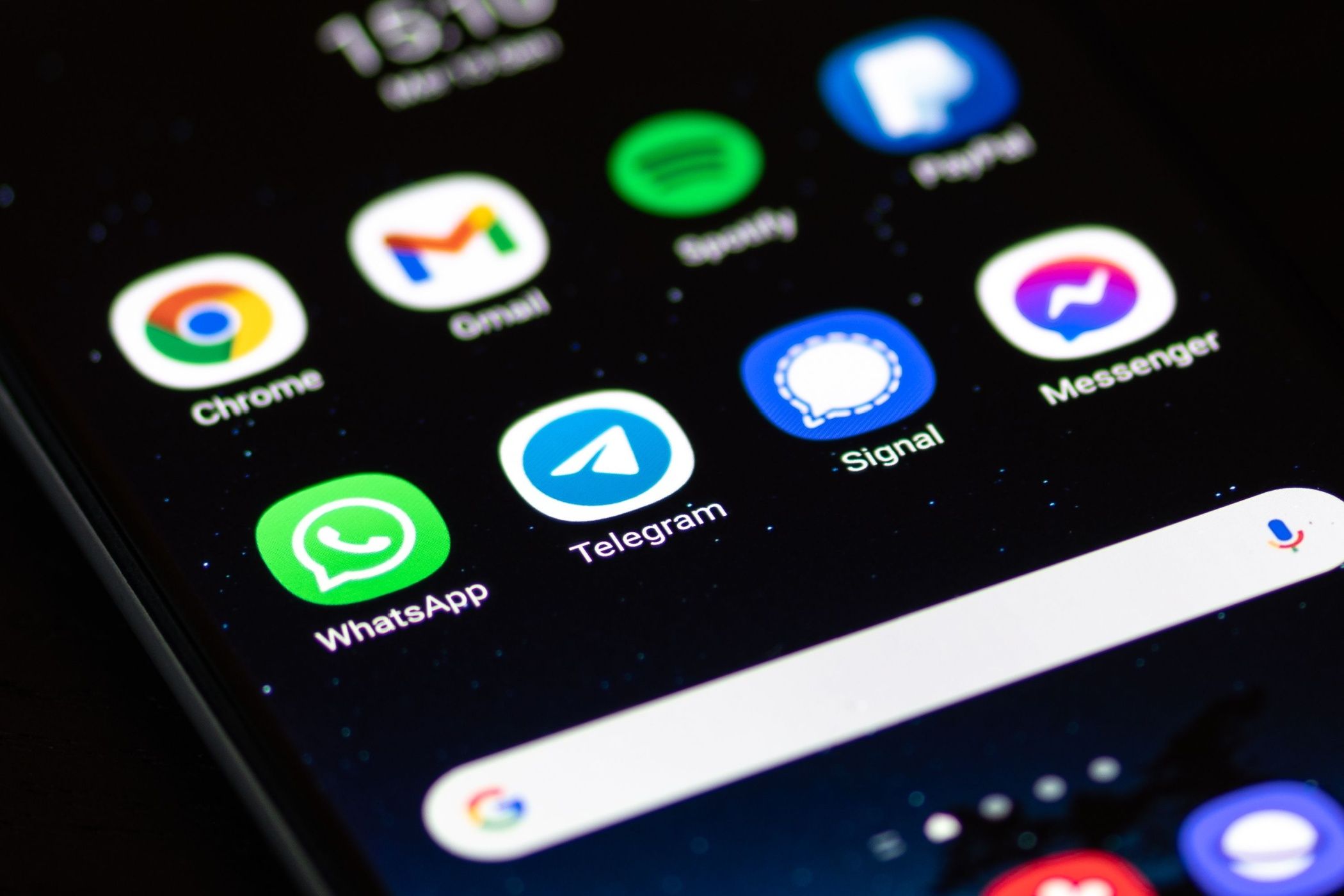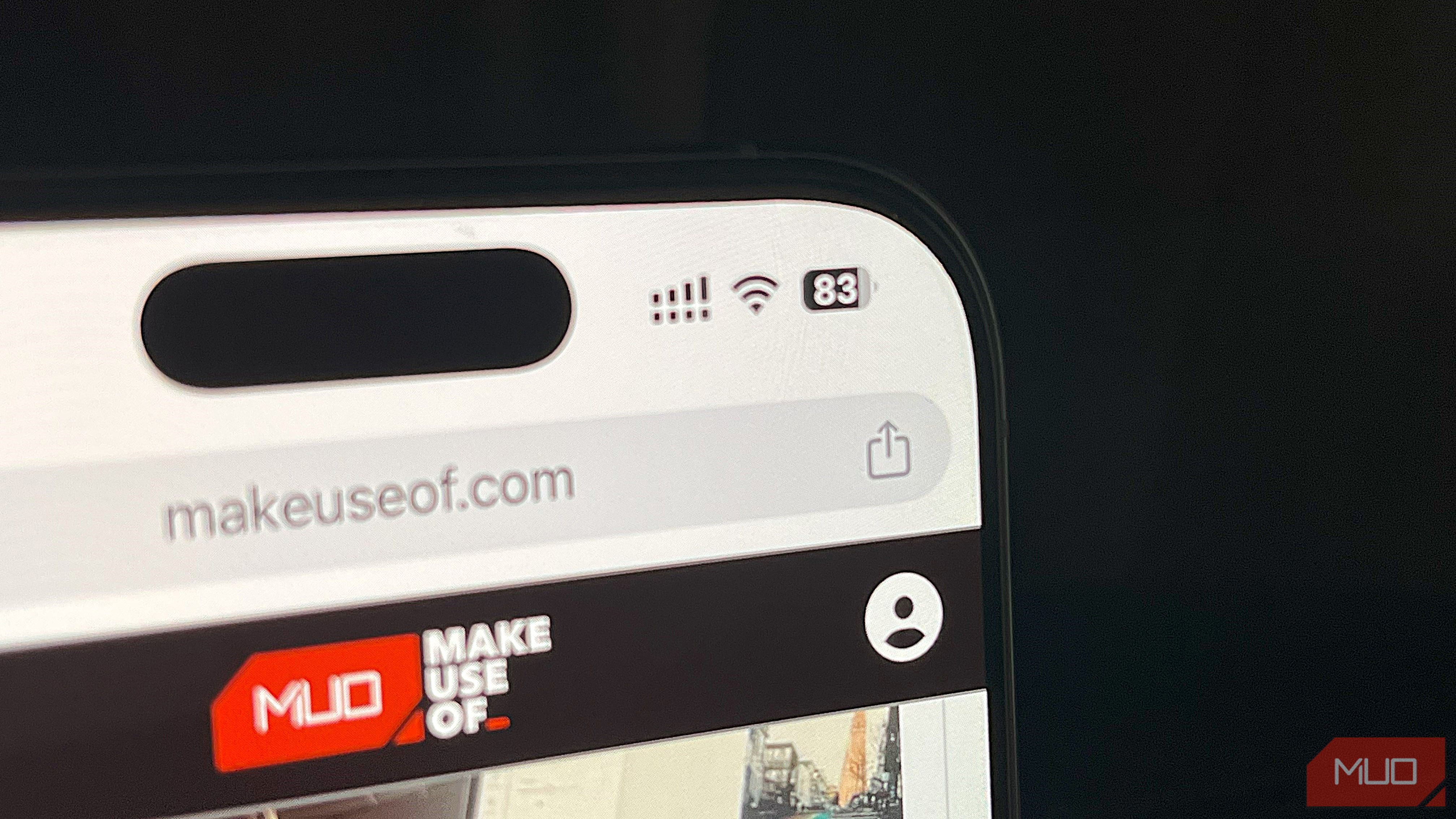Battery Saver or Low-Power Mode are the go-to methods for boosting your battery life, keeping you juiced up for hours. But keeping Battery Saver turned on all the time isn’t doing your phone any good, and as I found out, it can seriously affect your phone’s performance and usability.
5
Your Phone Might Feel Slower Than It Should
Battery saving modes don’t just reduce background activity. It also limits your phone’s processing power to conserve energy. As a result, apps may take longer to open, animations can feel sluggish, and your overall experience might seem less smooth than it should be.
This slowdown may not be obvious for simple tasks like checking messages or browsing the web. But if you frequently switch between apps, scroll through social media filled with videos, or edit photos, the difference becomes noticeable.
Gamers will see an even bigger impact. Many mobile games rely on a steady frame rate and quick response times, both of which suffer when you switch to Battery Saver (Android devices) or Low Power Mode (iOS/Apple devices), and your smartphone performance is throttled. Even if gaming isn’t a priority for you, there’s no reason to put up with a slower phone all the time when it isn’t necessary.
4
Apps May Not Work as Expected
Performance isn’t the only thing affected by Battery Saver and Low-Power Mode. Many apps rely on background processes to fetch updates, sync data, and function properly. When those processes are restricted, you may find that apps don’t behave as expected.
Streaming apps might pause unexpectedly when you switch tasks. Navigation apps may struggle to update your location in real time. Email apps could stop fetching new messages until you manually open them. If you use cloud storage services, you might notice delays in file syncing, making it harder to access important documents when needed.
These restrictions can be useful when your battery is running low, but they can also make everyday tasks less seamless. Instead of apps working automatically, you may find yourself refreshing, reopening, or troubleshooting more often than necessary.
3
Important Notifications Could Be Delayed
One of the biggest downsides of Battery Saver and Low Power Mode is the potential for missed or delayed notifications. Apps that rely on real-time updates, such as messaging platforms, email clients, and delivery trackers, may not notify you as quickly as they should.
If you’re expecting an important message or a time-sensitive alert, saving your battery might cause delays that leave you out of the loop. High-priority notifications will sometimes still come through, but less frequent updates may be held back until you open the app. This can be especially frustrating with messaging apps like WhatsApp and Telegram, where even a few seconds of delay can make a conversation feel out of sync.
In more critical situations, delays in two-factor authentication codes or emergency alerts could cause real problems. Even a small delay matters when you need immediate access to information.
2
Battery Life Gains May Be Smaller Than You Think
While Android’s Battery Saver mode and iOS’s Low Power Mode help conserve power, the actual impact on battery life isn’t always significant. Modern smartphones are already designed to manage power efficiently by adjusting app activity based on usage patterns. Many of the benefits are things your phone is already doing.
In some cases, using it all the time can even be counterproductive. Manually refreshing apps, restarting background services, or dealing with sluggish performance could end up using more power than letting the phone run normally. Features like adaptive battery management and auto-brightness offer ways to extend battery life without the same level of disruption.
It’s also worth noting that phone batteries naturally degrade over time, and excessive power management won’t prevent that process. Instead of relying on Battery Saver or Low Power Mode as a permanent fix, optimizing your charging habits and adjusting a few key settings can be a better long-term strategy.
1
There Are Better Ways to Save Battery
If you’re constantly using your battery saving mode because of battery concerns, there are better ways to extend battery life without sacrificing performance. Adjusting your screen brightness, turning off features like Wi-Fi and location services when they aren’t in use, and managing background apps individually can make a noticeable difference.
Checking your battery usage stats can also help identify apps that drain power unnecessarily. Some poorly optimized apps continue using power even when idle, and replacing them with more efficient alternatives can do more for battery life than keeping Battery Saver or Low-Power Mode on all the time.

Related
9 Tips to Make Your Android Battery Last Longer While Traveling
It doesn’t always have to be a battle.
Instead of treating Battery Saver or Low-Power Mode as a set-it-and-forget-it solution, it’s best used only when truly needed—such as when your phone is running low and you need to make it last a bit longer. Your phone is designed to provide a smooth, responsive experience, and keeping it unnecessarily restricted just means you’re not getting the full value of what you paid for.






